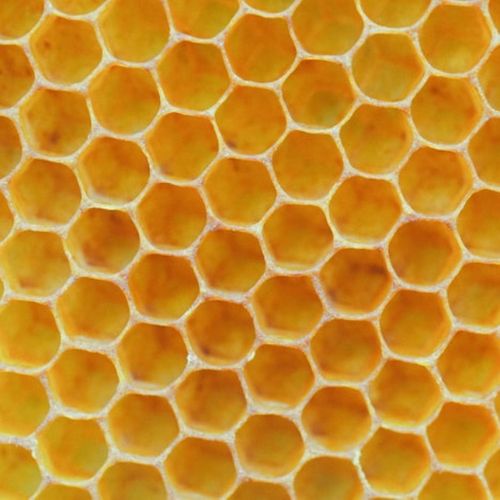Mad Honey : A Healthy, Hallucinogenic Buzz
Jul 29, 2022 · 2 mins read
0
Share

Honey, the sweet viscous substance produced by bees and harvested worldwide, has unparalleled nutritional value. It is a regular at breakfast time and features in many traditional recipes. But did you know some bees produce a hallucinogenic version referred to as mad honey?
Save
Share
Mad honey is expensive, rare in nature and produced by the worlds biggest bees. Apos laboriosa, the Himalayan Cliff Bee, lives in large nests at very high altitudes and can grow up to 3 cm. It has evolved peculiar swarming and nesting behaviours to adapt to extreme conditions.
Save
Share
Mad honey is unifloral, meaning the product of only one flower, the evergreen rhododendron which grows in temperate mountainous regions of Nepal, China and India. The bees migrate seasonally from low lands to access the spectacular bell shaped flowers and produce the mad honey.
Save
Share
So what makes this honey so mad? Rhododendrons contain grayanotoxins, chemical compounds which cause a type of poisoning when ingested by humans. The psychoactive neurotoxin facilitates hallucinogenic effects when consumed, producing a warm, subtle but intoxicating sensation.
Save
Share
Nepalese indigenous tribes like the Gurung people have used mad honey in ceremonies and celebrations for hundreds of years. Hanging on homemade ropes some 3,000 metres above sea level, they risk life and limb to scale bare rockface and harvest this sacred ambrosia.
Save
Share
The Himalayan Cliff Bee nest, overhanging a sheer and exposed drop, may contain 130lbs of mad honey. The harvesting process is so dangerous it is referred to as honey hunting. The treacherous often fatal ritual requires bare feet, bamboo baskets and a cloud of acrid smoke.
Save
Share
The rhododendron is Nepal's national flower and grows in abundance there, but only 3 specific species contain grayanotoxins. Mad honey may actually have been the first ever chemical weapon, according to one account from 97 BC which saw Roman troops wiped out by the poison!
Save
Share
How much is too much mad honey? The few patients admitted to US hospitals suffering from mad honey disease were fine within 2 hours. An overdose of mad honey may lead to vomiting, diarrhoea, the sweats and uncontrollable visions, much like psychedelic mushrooms or an acid trip.
Save
Share
Mad honey may have healing properties, according to proponents of alternative medicine. The golden syrup is recommended for digestive ailments like ulcers, gastritis and pain. As normal honey is antibacterial, antifungal and antioxidant, it stands to reason that mad honey is too.
Save
Share
Next time you drizzle honey on your granola, think of the industrious bees high in the mountains and the remote tribes who harvest this golden wonder. Mad honey is a psychedelic nectar that may aid digestion, ease pain and make you feel relaxed and lightheaded. What a buzz!
Save
Share
0